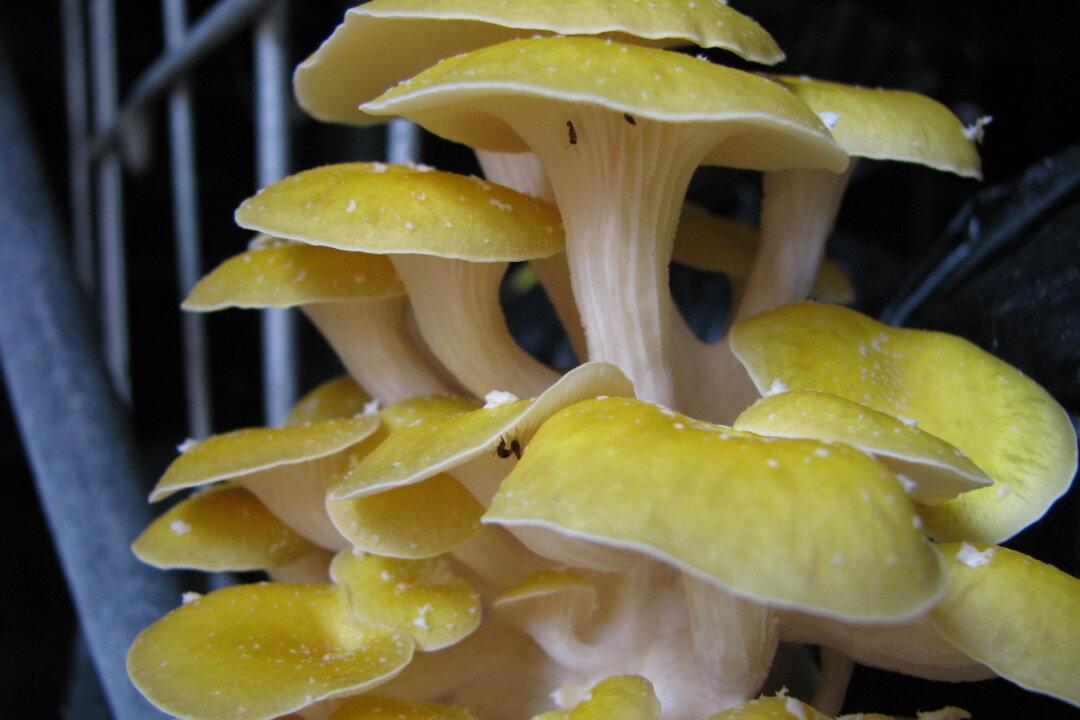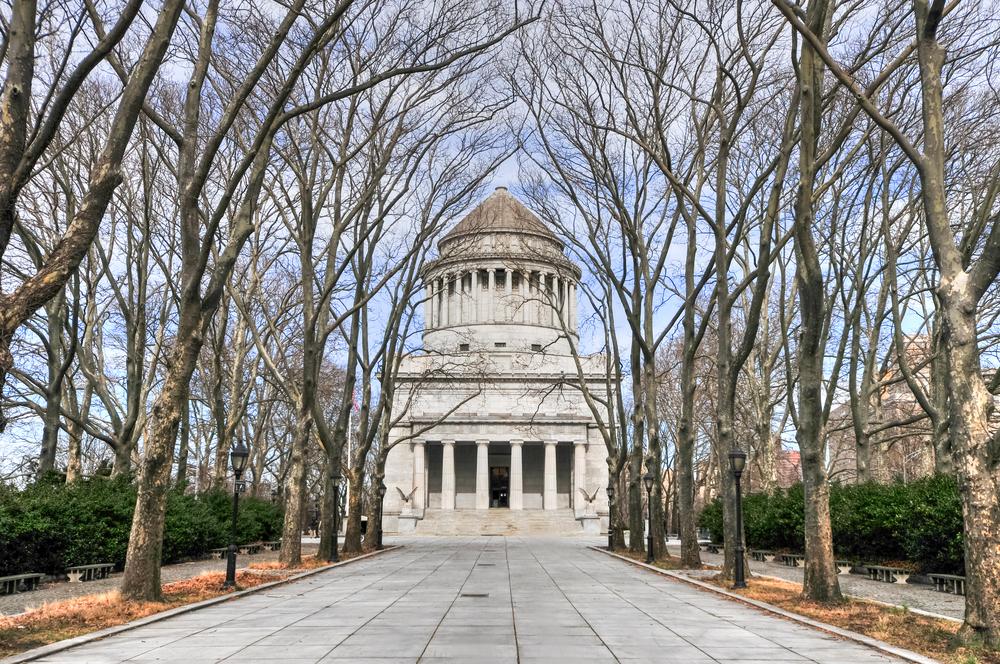There’s an old joke by the iconic comedian Henny Youngman that goes: There’s a man going to the electric chair. The warden says, “You can have anything you want to eat, anything you desire.” So he says, “I want mushrooms.” The warden asks, “Mushrooms?” And he replies, “Yeah, I was always afraid to eat them.”
While the fear of what the wrong kind of mushroom can do to a person can make for a clever joke in a comedian’s set, that fear is actually very common in the United States.






